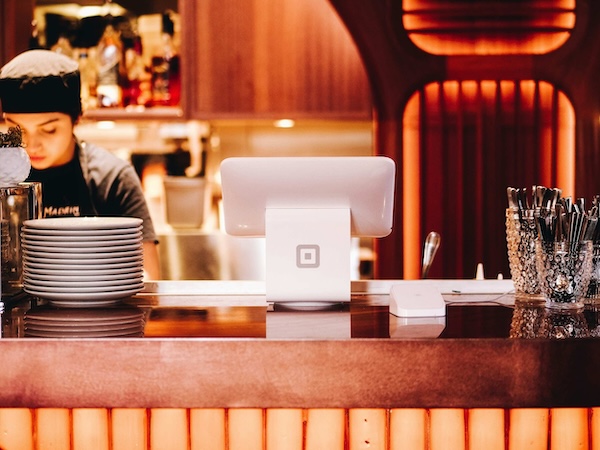Rising labor and other input costs have created a real challenge for restaurants. Some creative solutions have been put to the test, but in most cases, businesses are stumbling along as best they can to keep the lights on and stay out of the red.
Having a good idea of the average Return on Investment (ROI) in your business provides a benchmark against which you can measure your success or dig into areas that need to be improved. Do you know how to calculate your ROI? Do you know how to improve it? We’ll take a look at what you need to know.
How ROI works for restaurants
At its core, return on investment is a simple concept. It takes:
(The net return (profit) made on an item or service / The amount invested) X 100 = ROI
or simply:
Net return / Cost X 100 = ROI
For example, if you buy a piece of equipment that costs $8,000 and make $10,000, your net return or profit would be $2,000. Plugging those numbers into our formula above:
$2,000 (profit) / $8,000 (cost) = .25 X 100 = 25% ROI
How to calculate costs for restaurants
Restaurants have considerable expenses, and many of those are startup costs. Those startup costs include:
- The physical space: whether that is purchased or leased, including remodeling
- Physical equipment for the back-of-house as well as the dining space
- Permits etc.
- Marketing
- POS and other systems
After startup costs, operational costs have to be added:
- Cost of food, beverages, containers
- Labor
- Maintenance
- Marketing and Website
- Taxes and other fees.
Next, you need to establish your “gross revenue” which is simply all the money that has come into the business through sales. You should be able to get this from your POS or accounting software.
Now you have all your costs. Your profit is gross revenue minus all costs.
What’s a good ROI for a restaurant?
The average ROI of the entire restaurant in the US in the first quarter of 2022 falls at around 10.73%, according to CSI Market. MacroTrends also reports an average ROI for quick-service restaurants, or QSR, of about 5% for the 2022 period. 1.
These numbers are general guidelines. Targeting a 10% ROI every quarter might be ideal but in order to really have insight into whether you are above or below where you should be, a more detailed competitive analysis should be done. A consultant or marketing advisor could find out whether the segment of the industry you are in tends to run higher or lower than that 10%.
The most powerful reason to calculate your ROI is to see trends over time. You can compete against your own best results and become an outlier in your market.
How to improve your restaurant’s ROI
Invest in marketing research and advertising. If you understand your ideal client, you will be more effective at offering what they want and reaching others like them through advertising. This is where having very competent professionals can help enormously.
Just because you spend X amount on advertising doesn’t mean you’re guaranteed a specific return. Your message may be targeting the wrong audience or an area too broad to be efficient.
Setting benchmarks for performance is necessary. Key Performance Indicators or KPIs help you focus on whether you’re getting the most out of your strategies.
KPIs include gross and net profit, historical sales, and overhead margin. Tracking KPIs and establishing quarterly goals will help you have real insight into what is working or not working for your business.
The Point?
The point is that all these numbers can clear your vision and let you see your business as a business, instead of something that you are putting fires out at every day. Most owners are so busy running the business that they don’t have the insights to know whether they are succeeding or failing until it’s too late.


Recent Comments